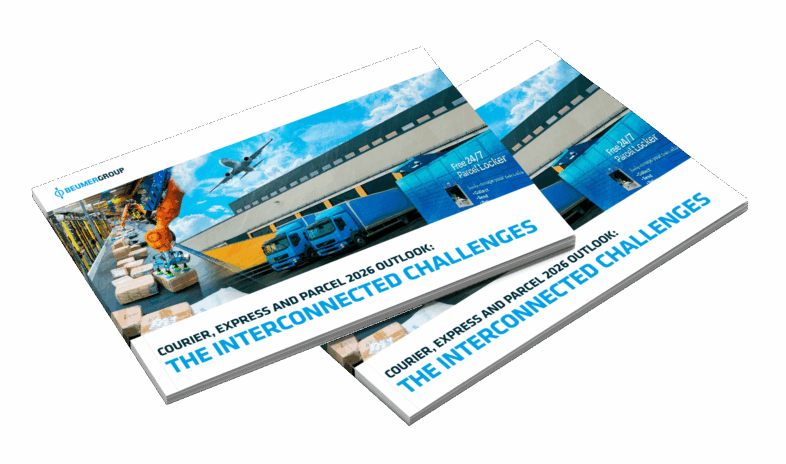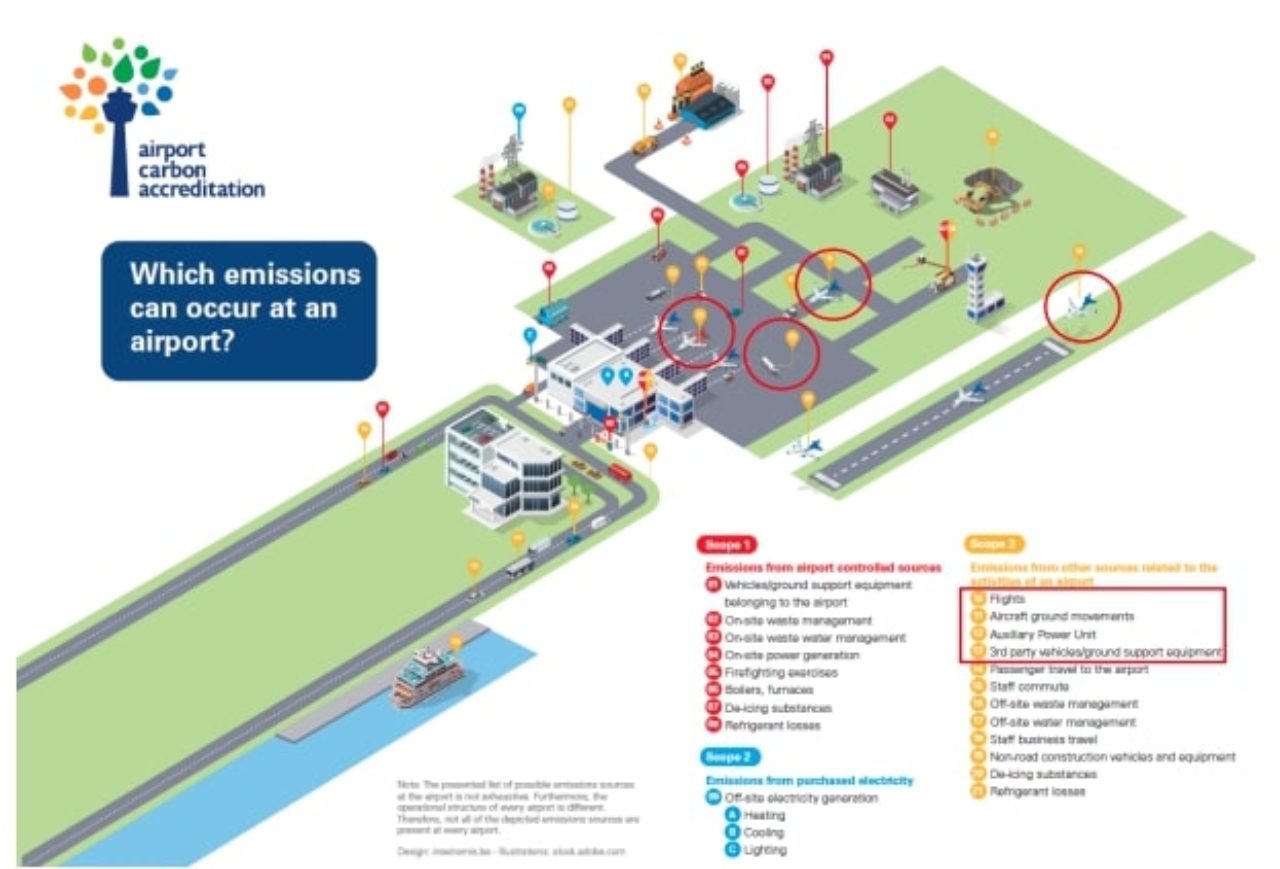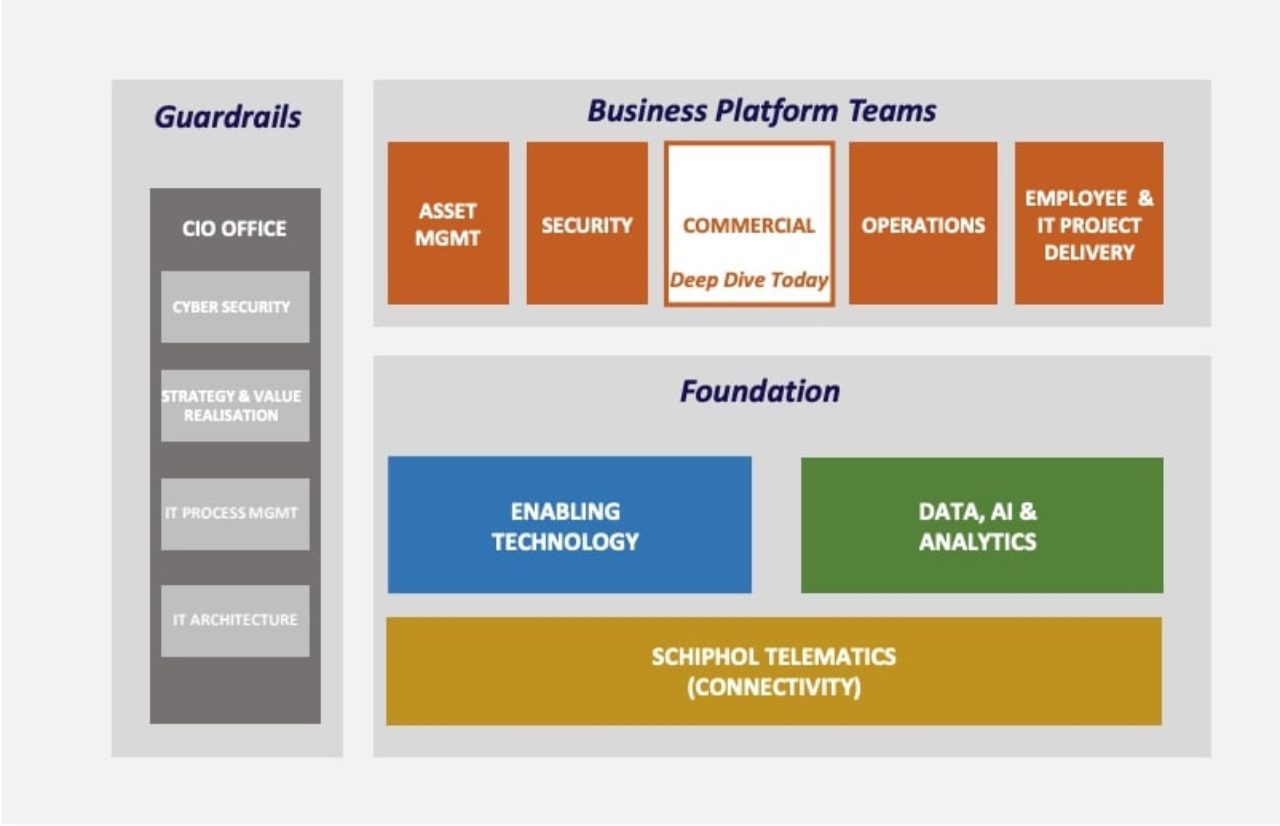Source: “Guidance on Airports’ Contribution to Net Zero Aviation”, ACI Europe, 2022.
The impact of “dehubbing” and the narrowbody lift-off
Heavily-scaled international feeder networks may become impractical and more expensive to operate, while the development of aircraft technology increases the viability of point-to-point, and by extension, ultra long-haul (ULH) operations.
In light of technological disruption and redesigns and the potential competition from more environmentally-friendly forms of travel, airport business models will need to be reassessed.
Shifting business model: Thinking like tech companies
Reliance on ever-dynamic traffic growth can no longer form the basis of business strategies, particularly with the impact of climate breakdown and its potential for slower traffic growth in the future.
Olivier Jankovec, Director General of ACI Europe, puts it this way:
“Transformation, de-risking and resilience are the key words for airports now looking at redefining their business model and securing their future.”
If they are to manage future challenges, airports need to start thinking like tech companies and not infrastructure companies.
This means data and technology have to be the foundation of their business models and strategies. Moreover, technology products that airports develop must also be able to work anywhere because the foundations laid today will change.






